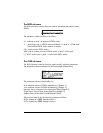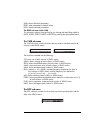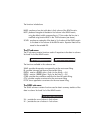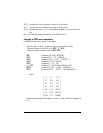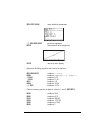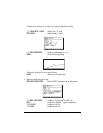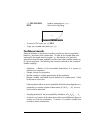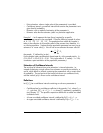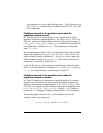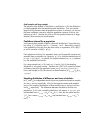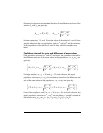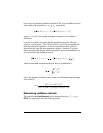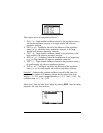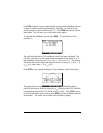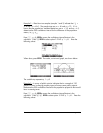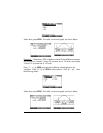
Page 18-24
Θ The parameter α is known as the significance level. Typical values of α are
0.01, 0.05, 0.1, corresponding to confidence levels of 0.99, 0.95, and
0.90, respectively.
Confidence intervals for the population mean when the
population variance is known
Let ⎯X be the mean of a random sample of size n, drawn from an infinite
population with known standard deviation σ. The 100(1-α) % [i.e., 99%, 95%,
90%, etc.], central, two-sided confidence interval for the population mean μ is
(⎯X−z
α/2
⋅σ/√n , ⎯X+z
α/2
⋅σ/√n ), where z
α/2
is a standard normal variate that
is exceeded with a probability of α /2. The standard error of the sample
mean, ⎯X, is ⋅σ/√n.
The one-sided upper and lower 100(1-α) % confidence limits for the population
mean μ are, respectively, X+z
α
⋅σ/√n , and ⎯X−z
α
⋅σ/√n . Thus, a lower, one-
sided, confidence interval is defined as (-∞ , X+z
α
⋅σ/√n), and an upper, one-
sided, confidence interval as (X−z
α
⋅σ/√n,+∞). Notice that in these last two
intervals we use the value z
α
, rather than z
α/2
.
In general, the value z
k
in the standard normal distribution is defined as that
value of z whose probability of exceedence is k, i.e., Pr[Z>z
k
] = k, or Pr[Z<z
k
]
= 1 – k. The normal distribution was described in Chapter 17.
Confidence intervals for the population mean when the
population variance is unknown
Let ⎯X and S, respectively, be the mean and standard deviation of a random
sample of size n, drawn from an infinite population that follows the normal
distribution with unknown standard deviation σ. The 100⋅(1−α) % [i.e., 99%,
95%, 90%, etc.] central two-sided confidence interval for the population mean
μ, is (⎯X− t
n-1, α/2
⋅S /√n , ⎯X+ t
n-1, α/2
⋅S/√n ), where t
n-1, α/2
is Student's t
variate with ν = n-1 degrees of freedom and probability α/2 of exceedence.
The one-sided upper and lower 100⋅ (1-α) % confidence limits for the
population mean μ are, respectively,
X + t
n-1, α/2
⋅S/√n , and ⎯X− t
n-1, α/2
⋅S /√n.



